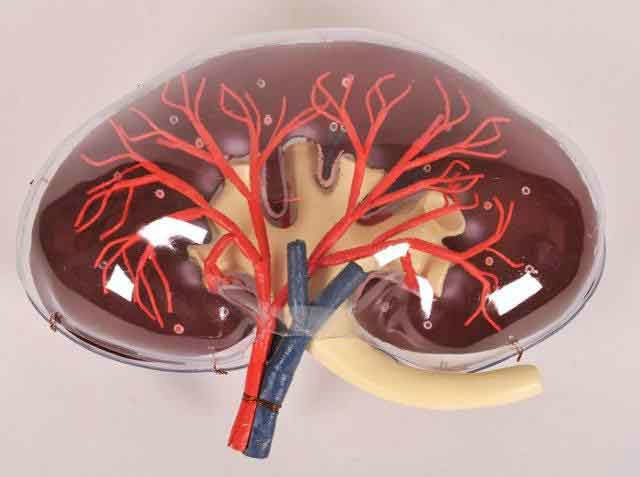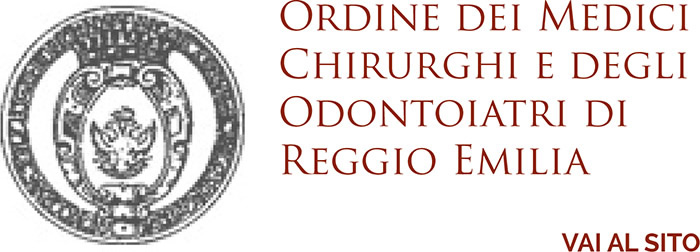Abstract
Background: Albuminuria is a powerful predictor of
renal and cardiovascular outcomes in type 2 diabetes
and a good indicator of the evolution of renal disease.
Our aim was to obtain information concerning
the identification of albuminuria as well as the utilization
of antihypertensive, lipid-lowering and antiplatelet
drugs in patients with diabetes.
Methods: Subjects were enrolled from individuals registered
with 3 Italian local health units by querying the
drugs reimbursable, hospital laboratory investigation
and hospital discharge databases. The determination
of albumin to creatinine ratio (ACR) throughout 2007
and 2008 was defined as the index date. Patients who
received at least 2 prescriptions of hypoglycemic drugs
in the 12 months before the index date were classified
as diabetics. We looked also for prescriptions of antihypertensive,
lipid-lowering and antiplatelet drugs.
Results: Among a population of 701,133 subjects, we
identified 29,350 patients with diabetes (4.2% of the
cohort). ACR had been determined in 5,644 diabetic
subjects (19.2% of that cohort). The prevalence of determination
of ACR in nontreated subjects was 16.0%,
while in treated subjects, it ranged from 13.6% to
34.9% according to different schedules of treatment.
Drugs acting on the renin-angiotensin system were
prescribed in more then 80% of diabetics. The ratio
of angiotensin receptor blockers to angiotensin-converting
enzyme inhibitors regimen was 0.64 in subjects
without determination of ACR, 0.88 in subjects with
normal albuminuria, 1.02 in subjects with microalbuminuria
and 1.43 in subjects with macroalbuminuria.
Conclusions: Our methodology can easily be applied
to obtain an epidemiological view of albuminuria and
pharmacological treatments of diabetics in a general
population.
Key words: Albuminuria, Angiotensin receptor blockers,
Antihypertensive therapy, Type 2 diabetes



